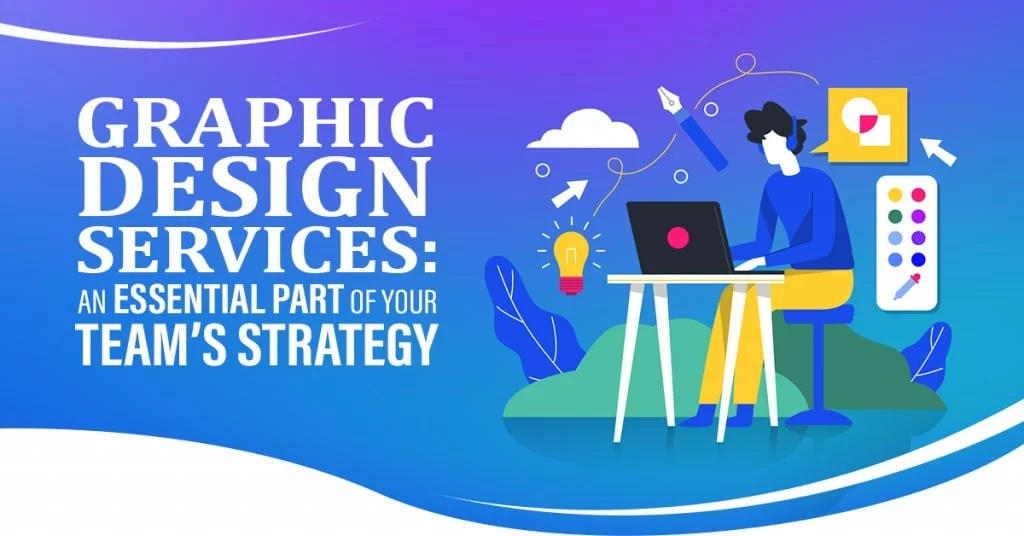
Microinteractions: Enhancing User Engagement in UI Design
Admin
- 0
Microinteractions play a pivotal role in enhancing user engagement in Graphic designing services in Columbus. These small, subtle, and purposeful animations or responses are integrated into user interfaces to make interactions more enjoyable and meaningful. By providing instant feedback, microinteractions create a sense of responsiveness and acknowledgment, elevating the overall user experience. From simple button animations to progress indicators, microinteractions add a human touch to digital interactions, making users feel more connected and engaged with the interface. When thoughtfully implemented, they can significantly impact user satisfaction, encourage continued usage, and contribute to the success of UI design projects in Columbus.

Importance of User Engagement
User engagement is of paramount importance in any digital experience. It refers to the level of interaction and interest users show while interacting with a product, website, or application. High user engagement is a strong indicator of a successful and effective design. Engaged users are more likely to spend more time on the platform, return for repeat visits, and become loyal customers. They are also more inclined to provide valuable feedback and recommendations, leading to organic growth and increased user acquisition. By prioritizing user engagement, businesses can create a positive and memorable user experience, fostering long-term relationships and driving overall success.
Defining Microinteractions
Microinteractions are subtle, targeted animations or responses incorporated into user interfaces to enhance user experience. They are small, often unnoticed, yet purposeful design elements that serve specific functions and provide feedback during interactions. These interactions can be as simple as a button click, a notification sound, or a loading spinner. The key aspect of microinteractions lies in their ability to create a sense of responsiveness, making users feel acknowledged and connected with the interface. By adding a human touch to digital interactions, microinteractions contribute significantly to improving usability, engagement, and overall satisfaction in user interface design.
Purpose and Benefits
The purpose of microinteractions in user interface design is to enhance user engagement and overall user experience. By incorporating these subtle animations and responses, designers can create a more interactive and enjoyable interface for users. The benefits of microinteractions include providing instant feedback, increasing user satisfaction, and encouraging continued usage. They also help guide users through various interactions, making the interface more intuitive and user-friendly. Additionally, microinteractions can communicate system status, such as loading progress or error alerts, effectively reducing user frustration. Overall, microinteractions play a crucial role in elevating the usability and effectiveness of digital products and services.
Types of Microinteractions
There are various types of microinteractions used in user interface design. One common type is the “status” micro-interaction, which provides feedback on system status, like loading indicators or progress bars. “Navigation” microinteractions enhance the user’s journey by guiding them through menus or transitions. “Input” microinteractions offer real-time validation and responses to user inputs. “Animations” add visual delight and engagement, while “gesture” microinteractions respond to specific user actions, like swiping or tapping. “Sound” microinteractions use auditory cues for feedback. Lastly, “onboarding” microinteractions assist new users in understanding the interface. Each type serves a unique purpose in improving user interaction and overall experience.
Implementing Microinteractions
Implementing microinteractions requires a thoughtful approach to user interface design. Firstly, designers must identify key interactions that can benefit from micro animations or responses. Next, they should define the purpose and desired user experience for each micro-interaction. Then, using appropriate design tools or code, designers can create and integrate these subtle animations seamlessly into the interface. It is essential to ensure that microinteractions align with the overall design language and keep users manageable. Regular testing and user feedback help refine and optimize the microinteractions, leading to a more engaging and intuitive user experience in the final product.
Impact on User Experience (UX)
Microinteractions have a significant impact on user experience (UX) in user interface design. By adding subtle animations and responses, they create a sense of interactivity and responsiveness, making users feel more engaged and connected to the interface. Well-implemented microinteractions provide instant feedback, guiding users through various interactions and reducing confusion or frustration. They enhance the overall usability and intuitiveness of the interface, leading to improved user satisfaction. Furthermore, microinteractions add a touch of delight and personality, leaving a positive and lasting impression on users. As a result, they contribute to a more enjoyable and memorable user experience, fostering brand loyalty and retention.
Measuring Effectiveness
Measuring the effectiveness of microinteractions in user interface design involves several key steps. Firstly, designers can gather quantitative data, such as interaction times or completion rates, to assess how users engage with microinteractions. User feedback and surveys provide qualitative insights into user perceptions and satisfaction. A/B testing can compare different micro-interaction designs to identify which performs better. Analytics tools track user behavior and identify patterns related to micro-interaction usage. Heatmaps and user session recordings help visualize user interactions. By combining these methods, designers can gain valuable insights into the impact of microinteractions on user experience and make informed decisions to enhance their effectiveness.
Why Firmroots?
Firmroots stands out as the preferred choice for Graphic designing services in Columbus due to its exceptional expertise and commitment to delivering top-notch solutions. With a talented team of designers, Firmroots ensures creative and innovative designs that resonate with clients’ visions and brand identities. Their customer-centric approach prioritizes understanding clients’ needs, resulting in tailored and impactful designs. Firmroots’ reputation for reliability, professionalism, and timely project delivery sets them apart in the competitive Columbus market. Whether it’s logo design, web graphics, or marketing materials, choosing Firmroots guarantees outstanding graphic design solutions that leave a lasting impression. Read More Articles!

